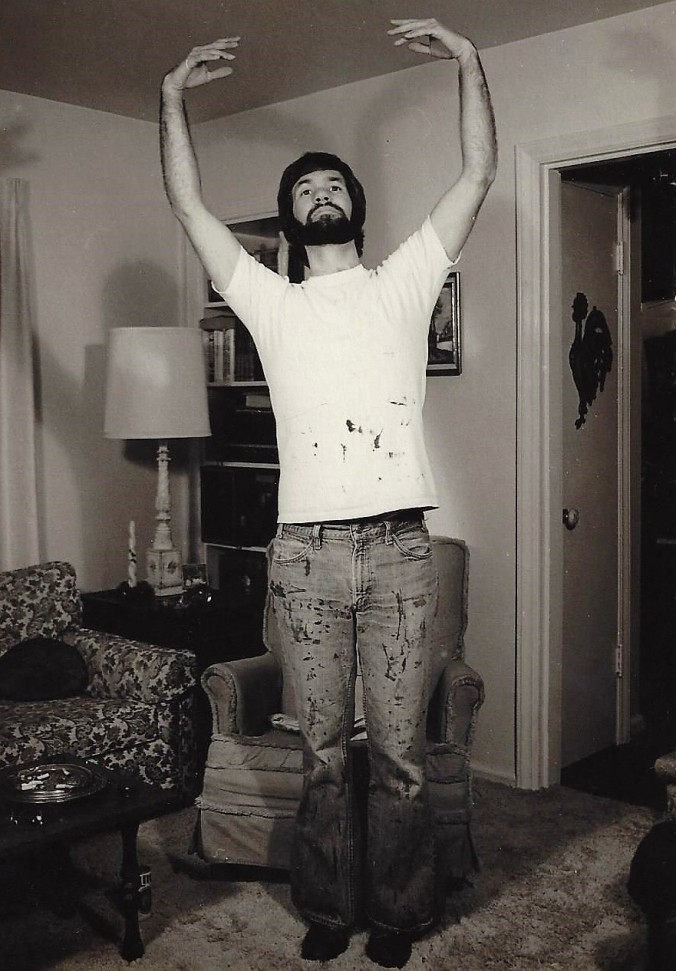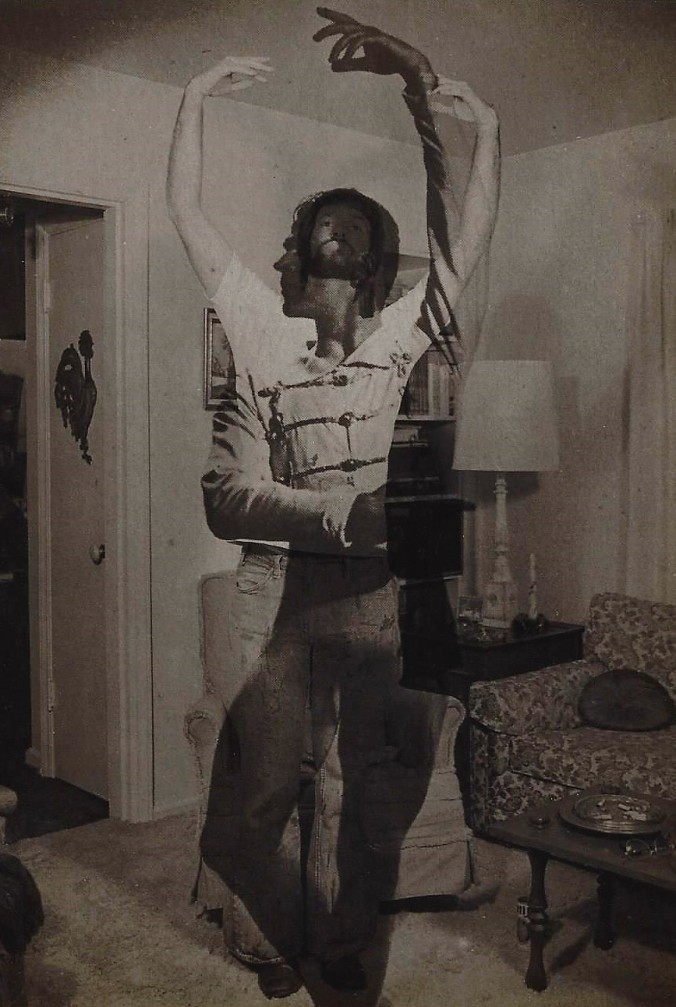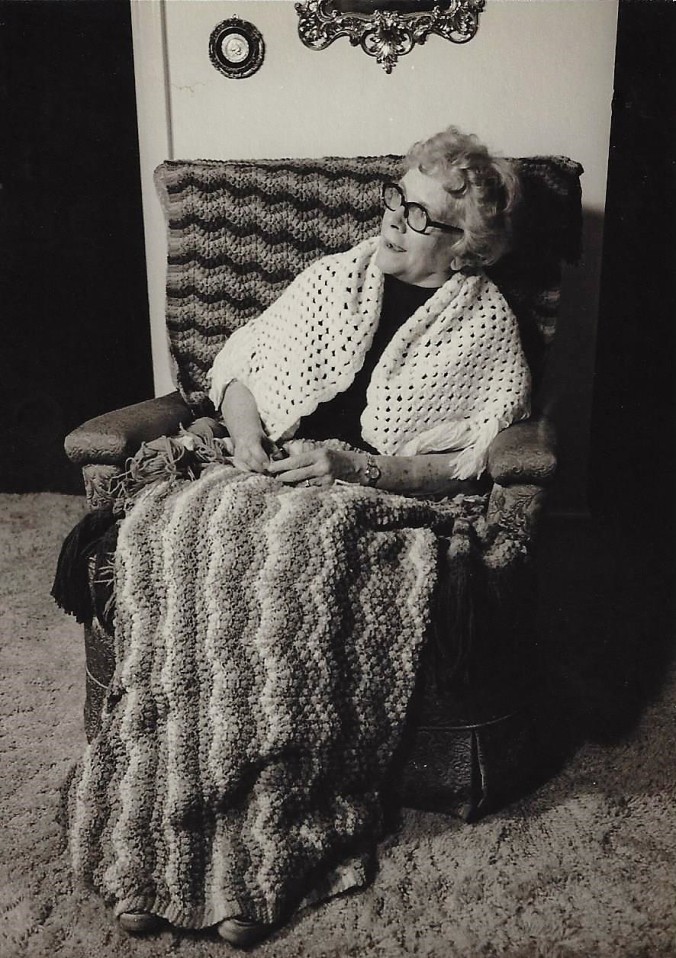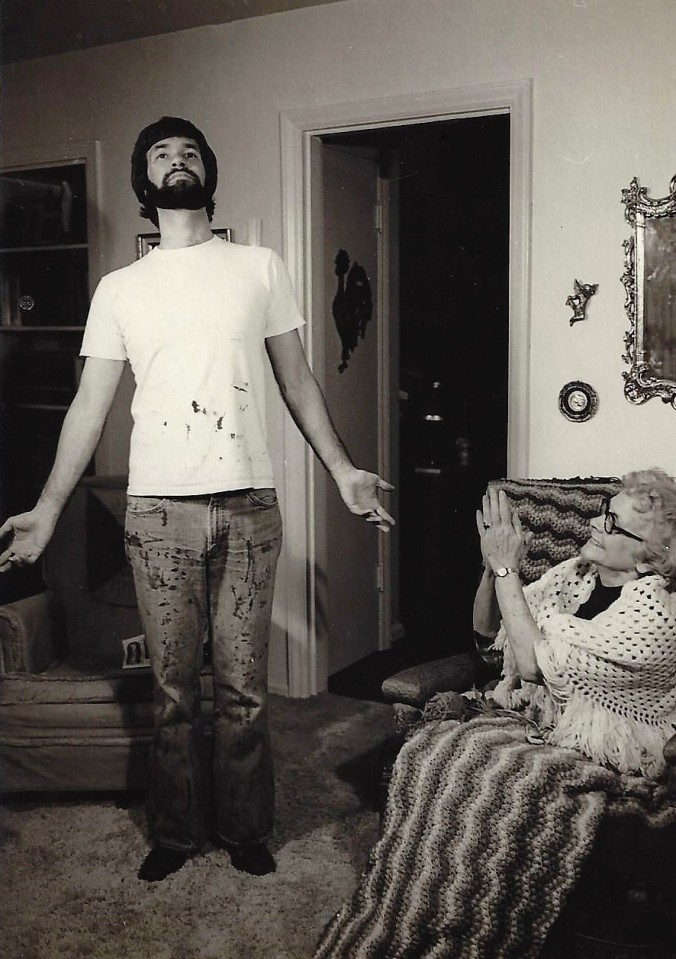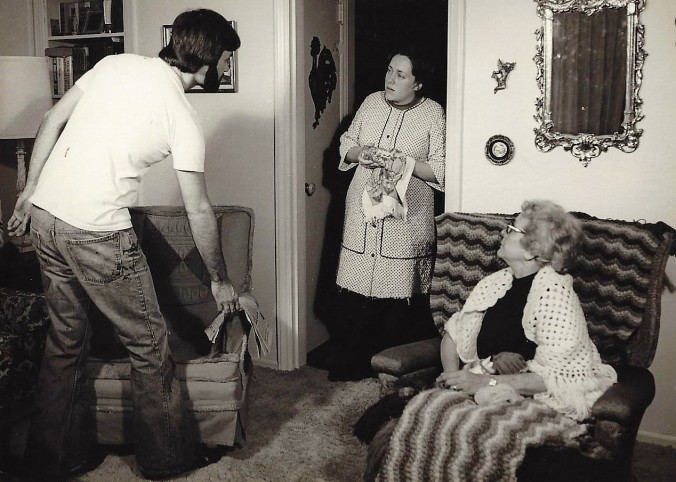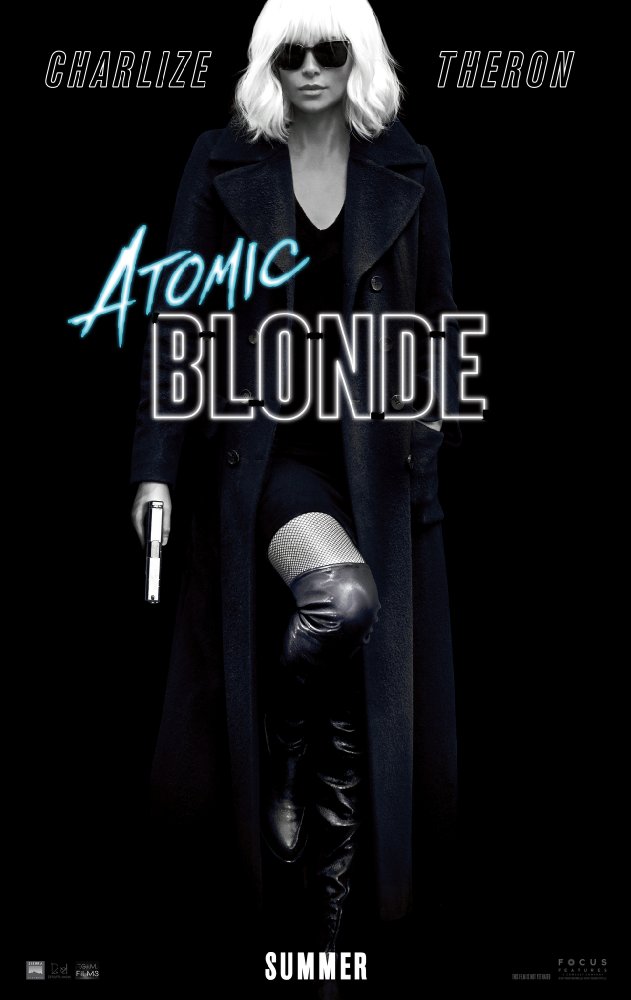Movie Review
Well, I’ve seen Stalker two times now and I had to ask myself both times, whoa! What was it I just saw? It’s like watching a movie while on acid but without the acid. I can’t stop thinking about it. The movie definitely has a certain haunting quality about it
Stalker is a feature film by master Russian filmmaker Andrei Tarkovsky, based on the short novel, Roadside Picnic, written by Arkadiy Stugatskiy and Boris Stugatskiy. The brothers also wrote the screenplay along with Tarkovsky. I am relatively new to Tarkovsky, but better late than never. Having seen this film two times, I now I want to see every film in his oeuvre.
This is a film about a quest into a zone in search of a room that will grant you the one thing you desire most. The zone appears to be sentient and dangerous. It requires the skills of a stalker to enter the zone and locate the room. On this journey Stalker takes with him two characters from the Russian intelligentsia, a dispirited writer and a hopeless scientist. The job of a stalker is illegal and entering the zone is forbidden. The zone may have been created by a meteorite or it may be inhabited by aliens. This is never made clear as many things are never made clear in this very peculiar film.
The zone in the film was inspired by a nuclear accident that transpired near Chelyabinsk in 1957. But it presages a larger and more serious event that occurred at Chernobyl in 1986. At Chernobyl, following the disaster, an area extending 30 kilometers was cordoned off in all directions from the plant and designated the “Zone of Alienation.”
Evocative of the gulag with echoes of a nuclear disaster the zone is alive with possibilities and traps and most of them are deathtraps. It has been described as sentient and in one scene one can clearly see the ground breathing or at the very least undulating. There is water everywhere and submerged beneath the surface is the detritus of a civilization gone by.
The movie starts off in sepia tones then abruptly switches to color once the protagonists get to the zone, then switches back to sepia when they get back. There are more changes to color towards the end when we see Monkey, Stalker’s crippled child.
The writer and professor meet up at a dingy bar at what looks like the edge of civilization and wait for the stalker. After Stalker arrives the trio leave the bar and go to a railway station. There ensues a chase scene of sorts as the travelers try to elude the armed guards and secure a small trolley car to ride the rails. They are shot at by the soldiers but manage to make it out through the gate of the barbed wire topped fencing and onto the tracks with the trolley car. What follows is a long tracking shot as Stalker, Writer, and Professor are transported in the direction of the zone. The rhythmic clanking of the car on the tracks has a lulling effect on the audience and the riders, then on a sudden, the sepia tone turns to color and we are in the lush green environs of the zone.
According to Tarkovsky, writing in his book, Sculpting in Time, “The setting of Stalker is a mysterious place that was reportedly created by an asteroid and may contain other world forces. It doesn’t symbolize anything. The zone is the zone. It is life. An allegory about human consciousness, the necessity of faith in an increasingly secular world, and the ugly, unpleasant dreams and desires that reside in the hearts of man.” The writer and professor may be thought of as archetypes, but no, they are really flesh and blood characters into whose personalities we delve deeply for psychological insight. The movie examines the psychological , philosophical, metaphysical, and existential dimensions of life and man’s relation to it.
The film resists interpretation. It is quite literally anything you think it is, like the zone itself. The zone is always changing, adapting itself to what is going on in your head. The zone seems to have a consciousness of its own. When you step into the room your deepest wishes will come true. What will be revealed to you in the room is who you really are. Stalker says the most important moment of your life is when you enter the room. The main thing is to believe. Yet, when they arrive at the room nobody wants to go in. Stalker says stalkers are not allowed in the room (it is forbidden). The other two don’t want to go in. But, the camera ends up in the room and the audience is given a POV from the room into the anteroom where the Stalker, Writer, and Professor are sitting and ruminating.
Cut back to the bar where it all started. We are now once more in sepia. We don’t know how they got back. The trio disbands and go their separate ways. Stalker’s wife has appeared with their child, Monkey. They go home. The last sequence returns to color when we watch Stalker carry Monkey on his shoulders back home and again in the last scene where Monkey telekinetically moves glasses across a table. It turns out Stalker is the more cultured, educated, and intelligent one in the film, more so than the writer or the scientist. In the film’s finale a bookshelf appears stuffed with books.
According to Tarkovsky, the existence of the zone or the room in which wishes are realized serves only as a pretext to discover the personalities of the three protagonists of the film. Stalker is the last idealist. Writer declares, “A man exists in order to create works of art.” “The world is ruled by cast-iron laws, and it’s insufferably boring,” says Writer.” Tarkovsky further elucidates, “It seemed to me that one could make a film with the unity of place, of time, and of action. These classic Aristotelian unities allows one to arrive at an authentic cinema. The subject permitted me to express in a very concentrated manner the philosophy of the contemporary intellectual, or rather his condition.”
There are 142 shots in Stalker in 161 minutes of run time. The average film has between 2000 and 3000 shots. So that gives you some idea how slow it is compared to, say, an action flick of today. Some of the Russian distributors asked Tarkovsky if he could speed it up. He said no. If anything he would slow it down. That way it would eliminate the kind people who shouldn’t be seeing the film in the first place
There is much symbolism in the movie despite Tarkovsky’s claims to the contrary and his disavowal of the use of symbols. Symbols abound such as the dog, birds, a sand dune filled room, telekinesis and, the meat grinder. The writer at one point dons a crown of thorns. But, what some may call a symbol Tarkovsky may call a metaphor. “We can express our feelings regarding the world around us either by poetic or by descriptive means. I prefer to express myself metaphorically. Let me stress: metaphorically, not symbolically. A symbol contains within itself a definite meaning, certain intellectual formula, while metaphor is an image. An image possessing the same distinguishing features as the world it represents. An image, as opposed to a symbol.”
“In the end, everything can be reduced to the one simple element which is all a person can count upon in his existence: the capacity to love.”
References:
- Tony Guerra, Panorama, April 1979
- Nick Schager, Slant, April 2006
- Andrei Tarkovsky, Sculpting for Time, January 1989
- Geoff Dyer, Zona: A Book About a Film About a Journey to a Room, February 2012












